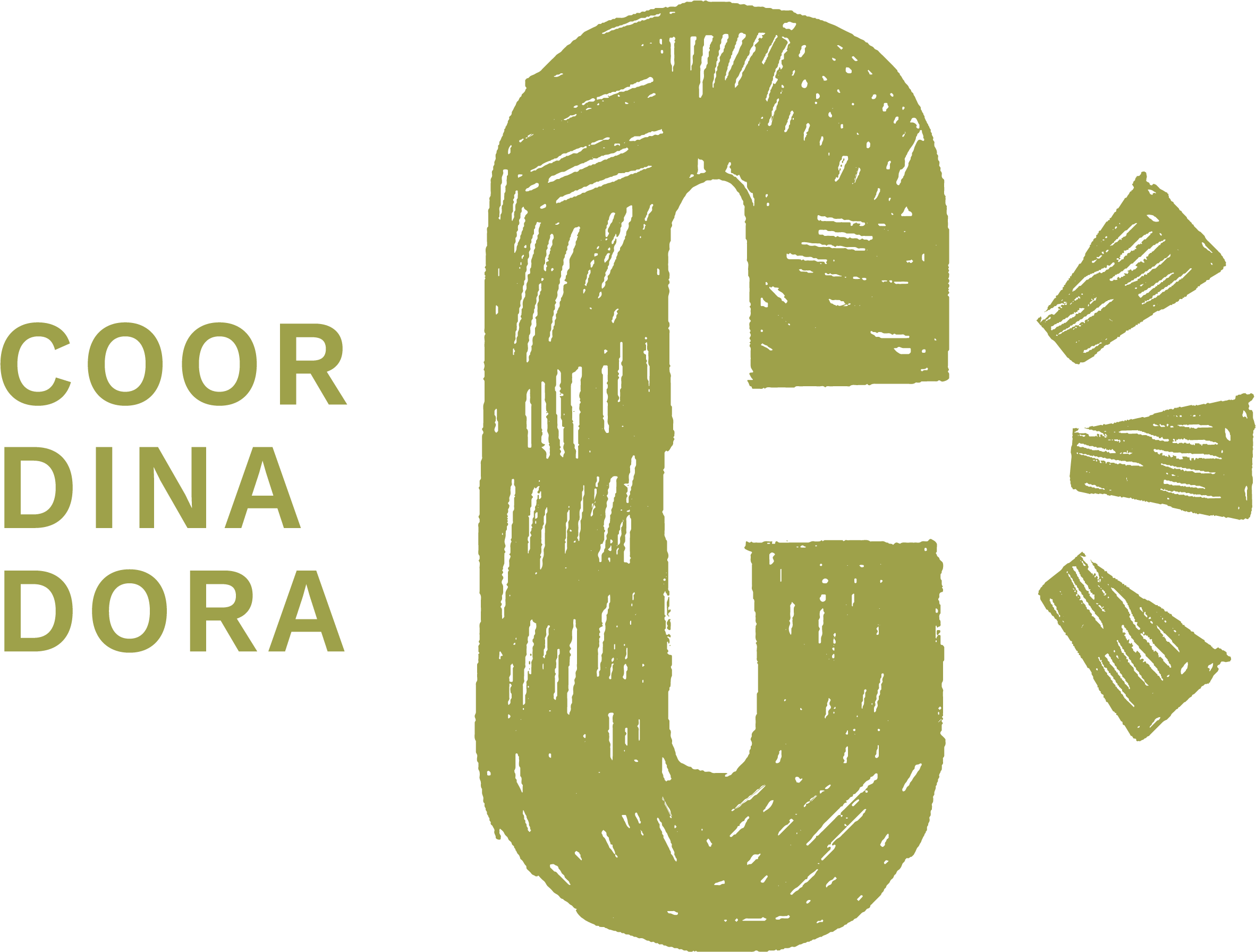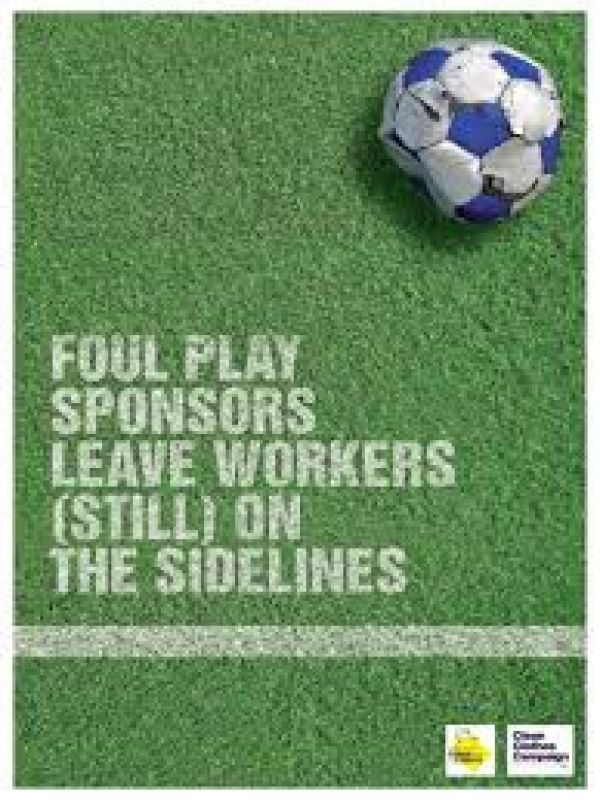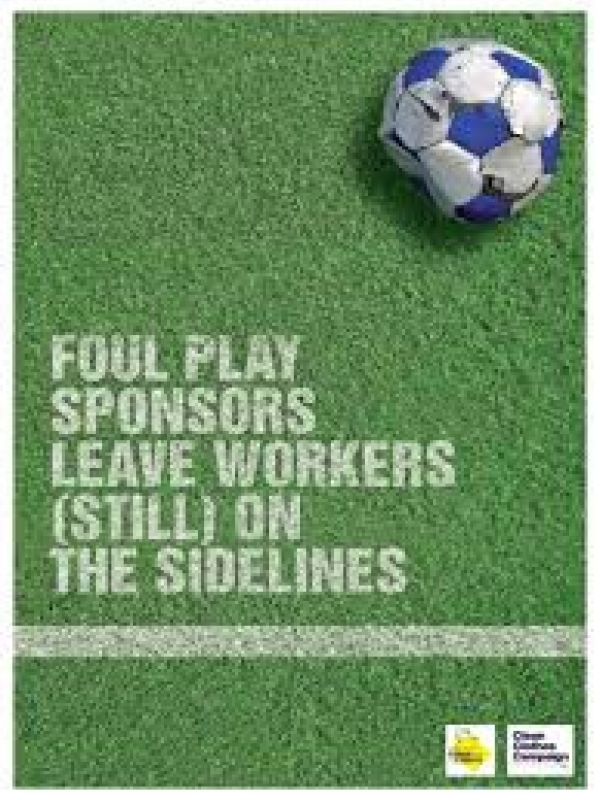Foul Play. Sponsors Leave Workers (still) on the Sidelines.
Two years after our first “Foul Play” report,1 the sponsorship battle between Nike and Adidas—who will outfit 22 of the 32 teams taking part in the next World Cup—has never been so fierce and has set new records:
• The German national team, the reigning champions, tripled its sponsorship revenue by renegotiating its contract with Adidas in 2016 (65 million euros per year, the largest such contract in football history)
• The ten largest European football clubs garnered an additional 143 million euros combined in annual sponsorship revenues between 2015 and 2017.
• When it comes to players, in 2016, Cristiano Ronaldo became the first footballer to ever sign a lifetime endorsement deal, which will earn him 25 million dollars per year.
The association of major sportswear brands with prominent teams and celebrity athletes—and, more recently, stars of the entertainment world—is one of their central levers for increasing sales, due to the unconditional devotion these teams and figures inspire in many of these countries.
The apparent contradiction between the creation of downstream value and the precarious situation of garment factory workers can be explained by the business and financial model of sportswear makers Nike and Adidas. The central objective of this model is the maximization of profits in order to generate greater and greater returns for shareholders, as evidenced by the extraordinary dividends paid to shareholders each year (as high as 10% of gross revenue in the case of Nike). Nike has thus become a shining example of stock market success that its competitors strive to emulate: the company boasts a performance 70% above the Dow Jones Industrial Average and its market capitalization now more than triples its revenue (around 95 billion euros). Its rival Adidas has a market cap of nearly 43 billion euros, double its annual turnover.
In order to achieve such a remarkable level of performance, sportswear brands’ business and financial model relies not only on growth, but also on cost control/reduction, and in certain cases on strategies to minimize their tax burden.








